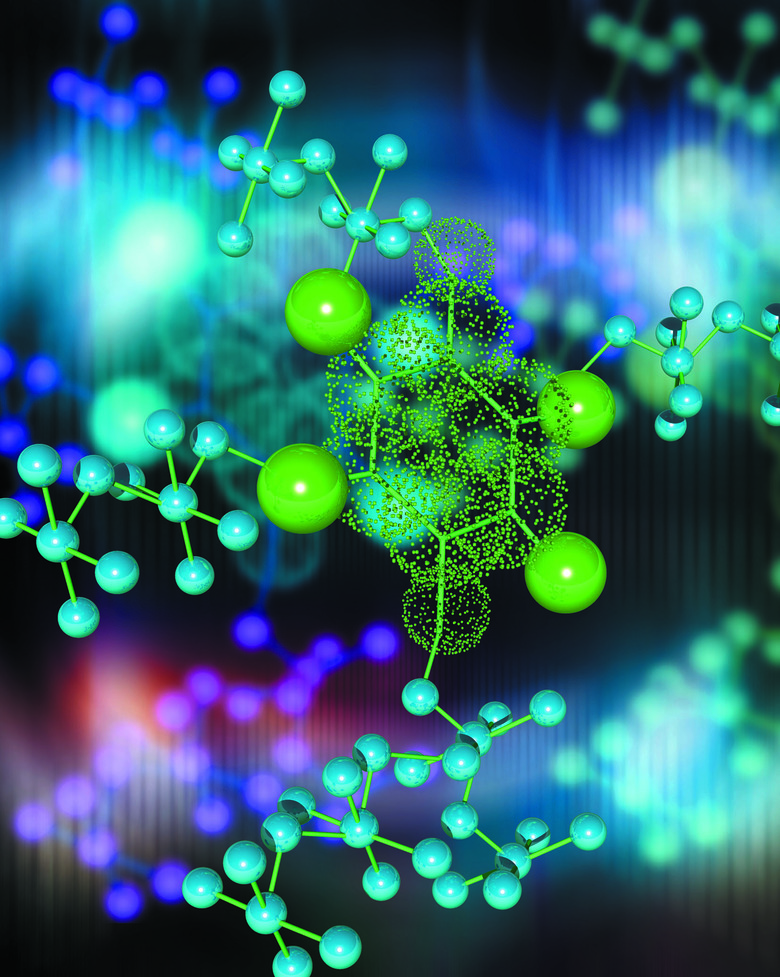What Blocks Enzyme Activity By Binding To The Active Site Of An Enzyme?
Enzymes are three-dimensional machines that have an active site, which recognizes specifically shaped substrates. If a chemical inhibits the enzyme by binding at the active site, that is a giveaway sign that the chemical is in the category of competitive inhibitors, as opposed to non-competitive inhibitors. However, there are subtleties within the category of competitive inhibitors, since some can be reversible inhibitors, while others are irreversible inhibitors. Last, a third class of mixed inhibitors adds a twist to categorization of competitive inhibitors.
Single-Passenger Seats
Single-Passenger Seats
A chemical that blocks enzyme activity by binding to the active site is called a competitive inhibitor. These types of chemicals have similar shapes with the substrate of the enzyme. This similarity allows the chemical to compete with the substrate for who gets to attach to the active site on the enzyme. Attachment of the competitive inhibitor or the substrate to the enzyme is an either-or process — only one of them can fit at a given time.
Reversible
Reversible
Some competitive inhibitors are called reversible inhibitors, meaning they bind the active site but can fall off with relative ease. In the case of reversible competitive inhibitors, increasing the concentration of substrate in the reaction mixture can prevent the inhibitor – yes, inhibiting the inhibitor — from binding to the enzyme for long. The affinity, or attraction, of the inhibitor and the enzyme doesn't change, but their interactions become less frequent. More substrate means that at any given time, more of the enzyme molecules will be attached to the substrate than to the inhibitor. The substrate is said to outcompete the inhibitor.
Irreversible
Irreversible
Competitive inhibitors can also be irreversible inhibitors, meaning they form a covalent bond with the active site or form an interaction that is so tight that the inhibitor rarely falls off. A covalent bond is when two atoms share electrons to form a physical link. The antibiotic penicillin is an example of an irreversible competitive inhibitor. Bacteria need an enzyme called glycopeptide transpeptidase to cross link the fibers in its cell wall. Penicillin binds to the active site of this enzyme via a covalent bond and prevents the substrate from binding.
Mixed Competitors
Mixed Competitors
Inhibitors that bind the active site of enzyme are called competitive inhibitors, and those that bind other sites are called non-competitive inhibitors. However, there is another class of inhibitors, called mixed inhibitors, which can bind either the active site before the substrate gets there or the enzyme-substrate complex after the substrate has attached. Mixed inhibitors can bind the enzyme before the substrate binds, or can bind after the substrate has bound. Both cases result in an inactive enzyme. Thus, mixed inhibitors are effective against enzymes at any concentration of substrate.
References
Cite This Article
MLA
Ph.D., David H. Nguyen,. "What Blocks Enzyme Activity By Binding To The Active Site Of An Enzyme?" sciencing.com, https://www.sciencing.com/blocks-enzyme-activity-binding-active-enzyme-11545/. 24 April 2017.
APA
Ph.D., David H. Nguyen,. (2017, April 24). What Blocks Enzyme Activity By Binding To The Active Site Of An Enzyme?. sciencing.com. Retrieved from https://www.sciencing.com/blocks-enzyme-activity-binding-active-enzyme-11545/
Chicago
Ph.D., David H. Nguyen,. What Blocks Enzyme Activity By Binding To The Active Site Of An Enzyme? last modified March 24, 2022. https://www.sciencing.com/blocks-enzyme-activity-binding-active-enzyme-11545/
